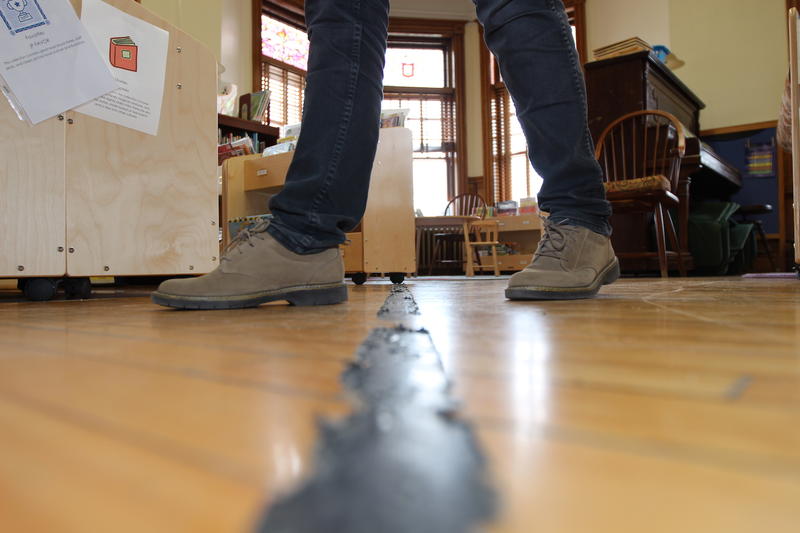With Focus On Mexican Border, Greater Security Threat Could Be From Canada

The international border between Quebec, on the right, and the U.S. in Derby Line, Vermont. As the nation focuses on the southern border with Mexico, some people are concerned about the potential for terrorism coming to the U.S. from the northern border. Photo by Lorne Matalon for VPR
Along the northern border where Vermont, New Hampshire and New York meet Canada, U.S. Customs and Border Protection pilot Gerhardt Perry routinely flies an infrared camera-equipped Cessna 206 on patrols that can last up to four hours.
Perry is an Air Interdiction Agent. He also gets calls in the middle of the night to take an A-Star helicopter into the air on a rescue mission or to help agents on the ground track people suspected of illegal entry into the U.S. When he explains his job to others, he says he often has to clarify which border he’s talking about.
“When you ask the average American citizen about the border, ‘what do you know about the border?’ they immediately go to the southern border,” said Perry. “They don’t even think about the border with Canada.”
Competing versions of what constitutes a safe southern border with Mexico are at the center of a debate echoing from Mexico City to Washington, D.C. — and especially in the four border states of California, Arizona, New Mexico and Texas. And citing national security, President Donald Trump recently signed an order to deploy the National Guard on the southern border, adding to an already substantial presence of personnel and technology there.
However, some argue that when it comes to the potential for terrorism, the security focus should be applied equally to the Canada-U.S. border.
